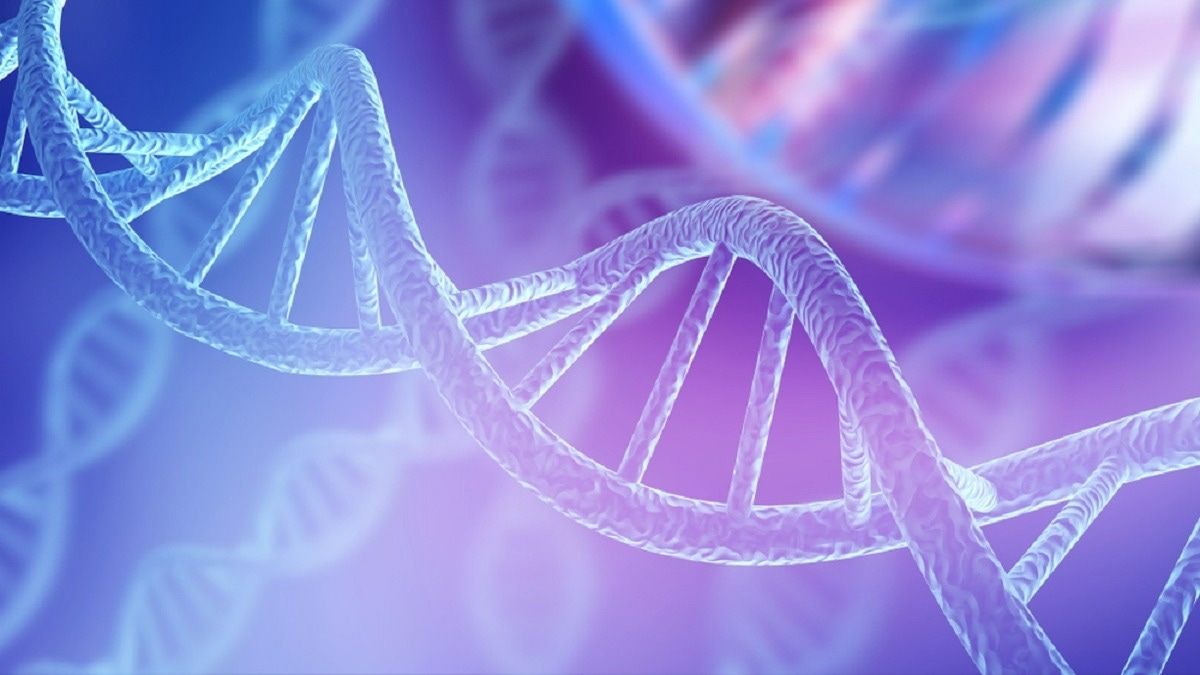What is the BRCA1 gene?
DNA repair and recombination
Transcription regulation
c-Abl activity regulation
References
Further reading
The full name of the BRCA1 gene is “breast cancer 1, early onset,” and it codes for a tumor suppressor protein. Tumor suppressor proteins help repair DNA that has become damaged in order to ensure the stability of genetic material in cells.

Image Credit: Billion Photos/Shutterstock.com
This protein combines with other tumor suppressors, sensors of DNA damage, and signal transducers to form a protein complex called the BRCA1-associated genome surveillance complex (BASC). The BRCA1 protein also interacts with RNA polymerase II as well as histone deacetylase complexes via the C-terminal domain. It, therefore, plays a role in DNA repair, transcription, and recombination.
What is the BRCA1 gene?
The BRCA1 protein prevents cells from dividing too rapidly and growing in an abnormal way, and mutations in the BRCA1 gene are responsible for around 40% of familial breast cancers and over 80% of familial breast and ovarian cancers. BRCA1 mutation has also been associated with several other forms of cancer, including cancer of the prostate, pancreas, or fallopian tube.
A damaging BRCA1 mutation can be inherited from a parent. Each child of a parent carrying a mutation of this gene is at a 50% risk of inheriting the mutation. If a person inherits this mutation, the adverse effects of the mutation are seen even if they carry a second copy of the gene that is normal.
DNA repair and recombination
The BRCA1 protein is an E3 uniquitin-protein ligase that regulates the creation of Lys-6-linked polyubiquitin chains and makes an important contribution toward DNA repair by enabling cells to respond to DNA damage.
This maintenance of the DNA is a crucial part of BRCA1’s role in maintaining a cell’s genetic stability. If BRCA1 is damaged by mutation, the protein it codes for is either no longer made, or it does not function properly. This means damaged DNA is no longer properly repaired, and further genetic alterations that can lead to cancer are then more likely to develop within cells.
The strands of the DNA helix continually break as they become damaged, and either one or both of the strands may be affected. Such breaks are caused by exposure to radiation or by the chromosomal exchange of genetic material that occurs before cell division.
In healthy cells, the BRCA1 protein forms part of a complex that repairs DNA when both the strands are broken. When this occurs, the repair mechanism that BRCA1 contributes to is referred to as homologous recombination. The protein repair complex uses a homologous sequence from a sister chromatid, a homologous chromosome, or the same chromosome as a template to correct the DNA. This takes place in the DNA of the cell nucleus, where the DNA is wrapped around a histone.
Transcription regulation
BRCA1 regulates transcription by modifying gene expression in response to cellular stress and DNA damage. Studies have shown that the C-terminus of BRCA1 in humans, which incorporates amino acids 1528 to 1863, forms a complex with RNA polymerase II, an enzyme that makes mRNA precursors as well as many non-coding RNAs.
The Role of BRCA1 in Cancer
c-Abl activity regulation
Studies have also shown that BRCA1 contributes to the regulation of c-Abl activity. The c-Abl tyrosine kinase is found in the cytoplasm and nucleus. Nuclear c-Abl becomes active when exposed to genotoxic agents and leads to apoptosis or programmed cell death, a process that is mediated by p73 or Rad9. Loss of BRCA1 may therefore result in increased c-Abl kinase activity and decreased apoptosis.
References
Further Reading
Last Updated: Nov 26, 2022